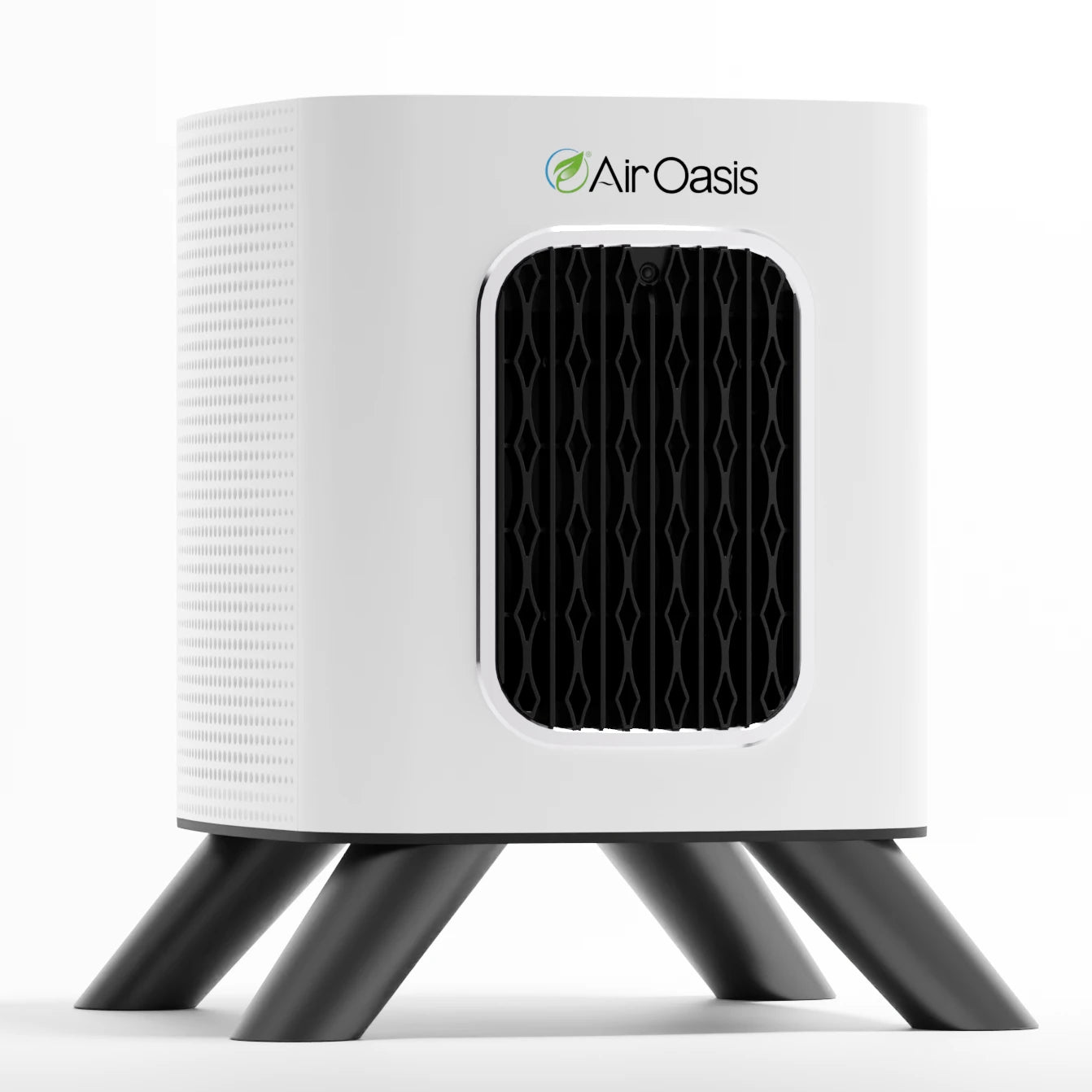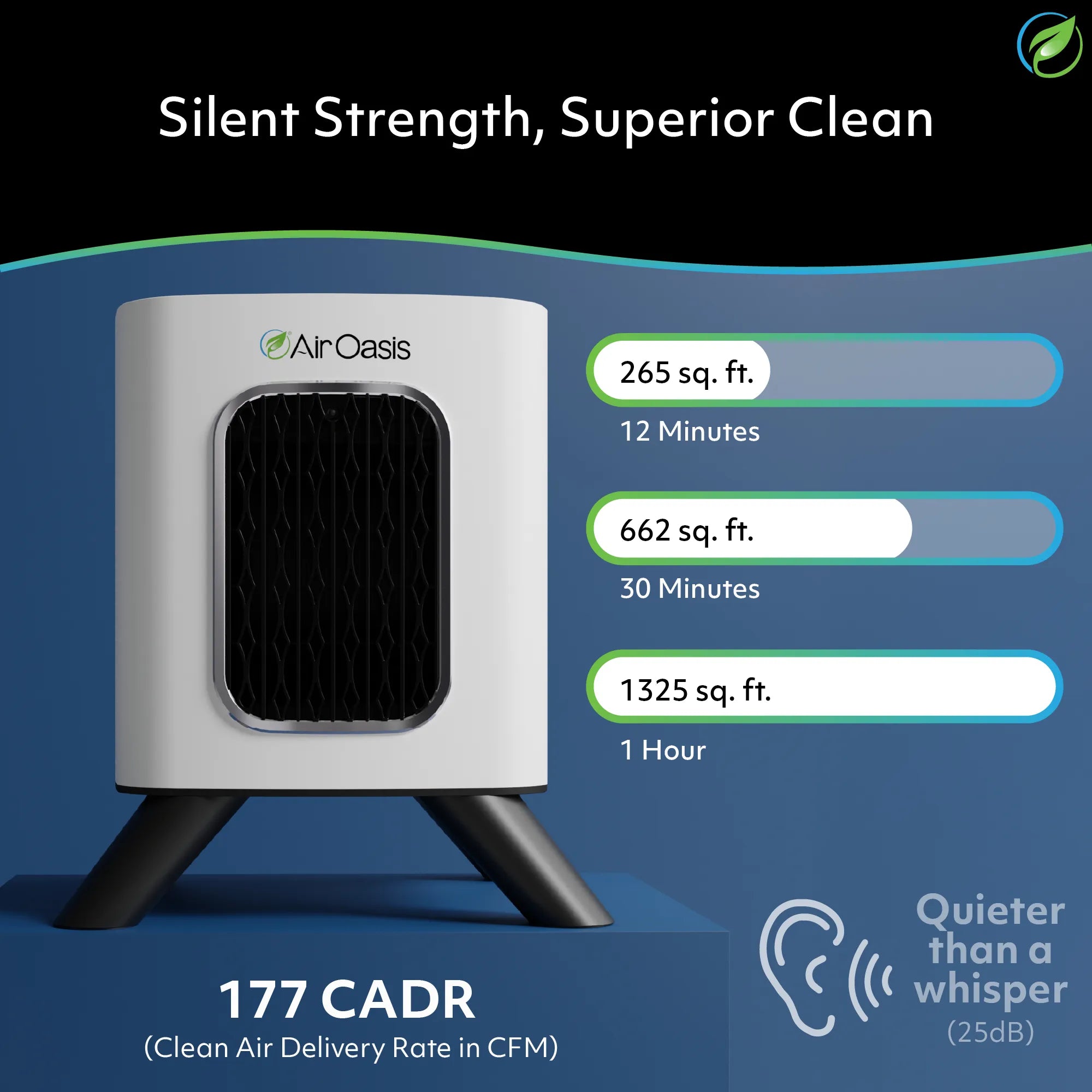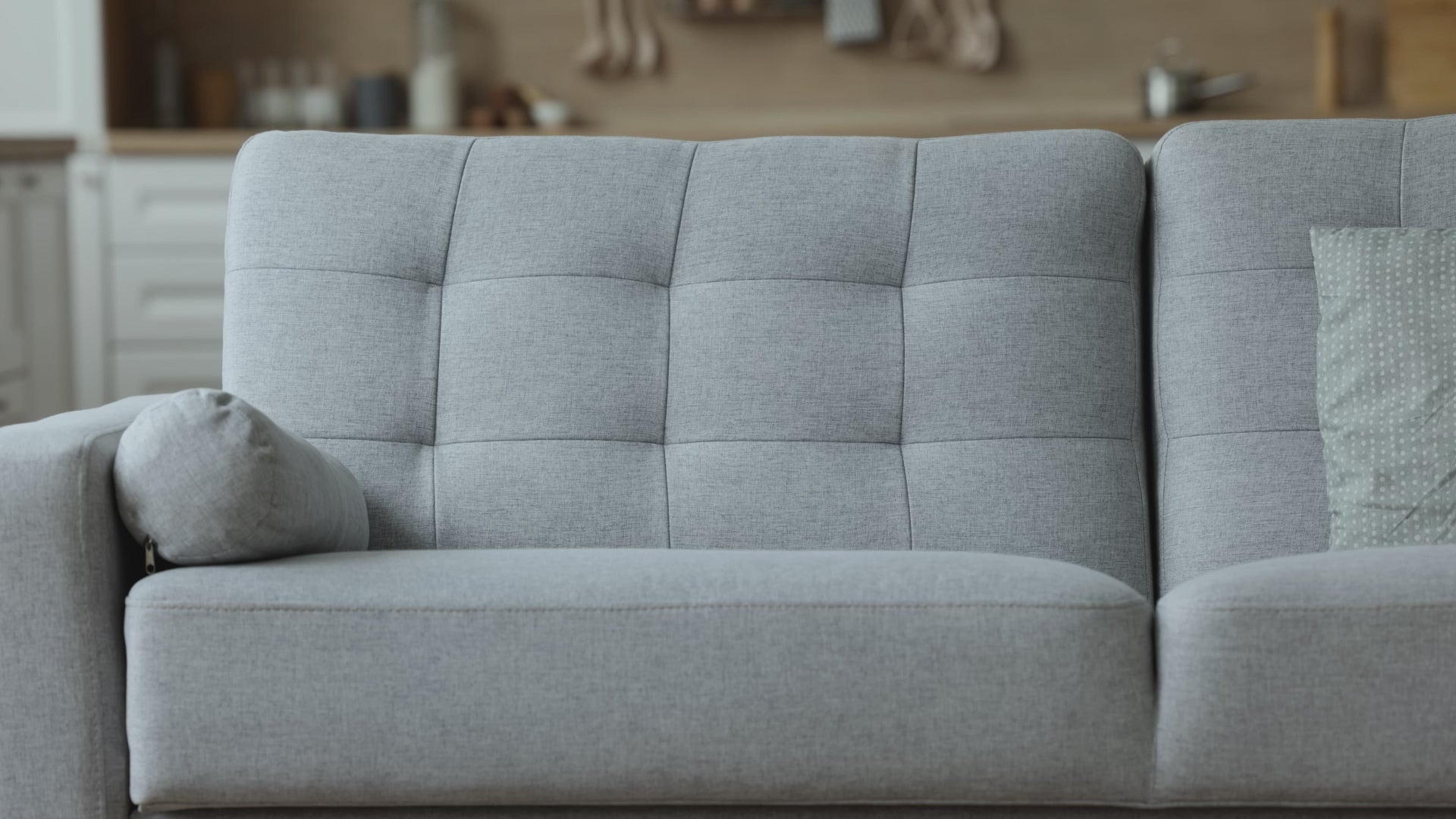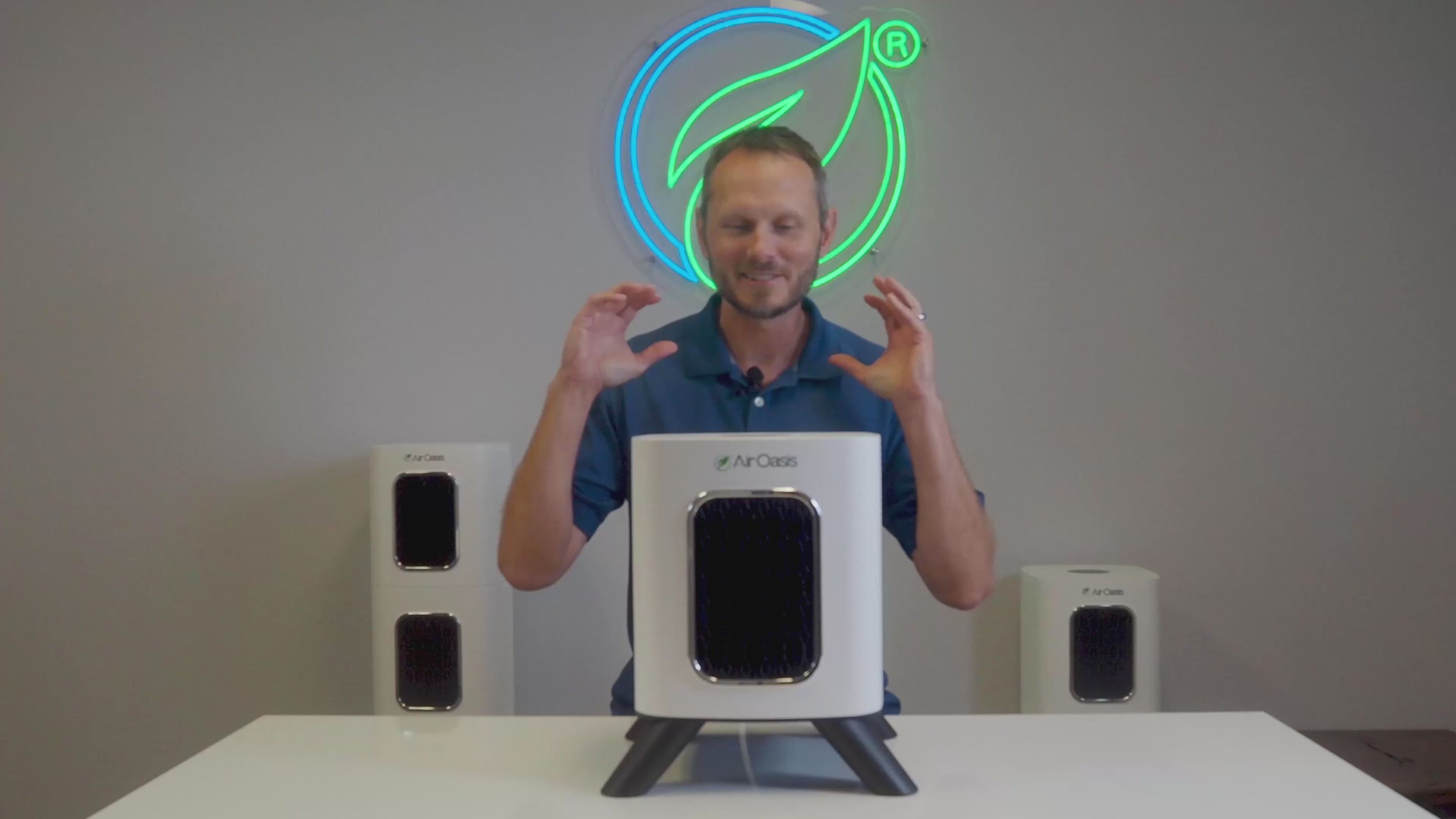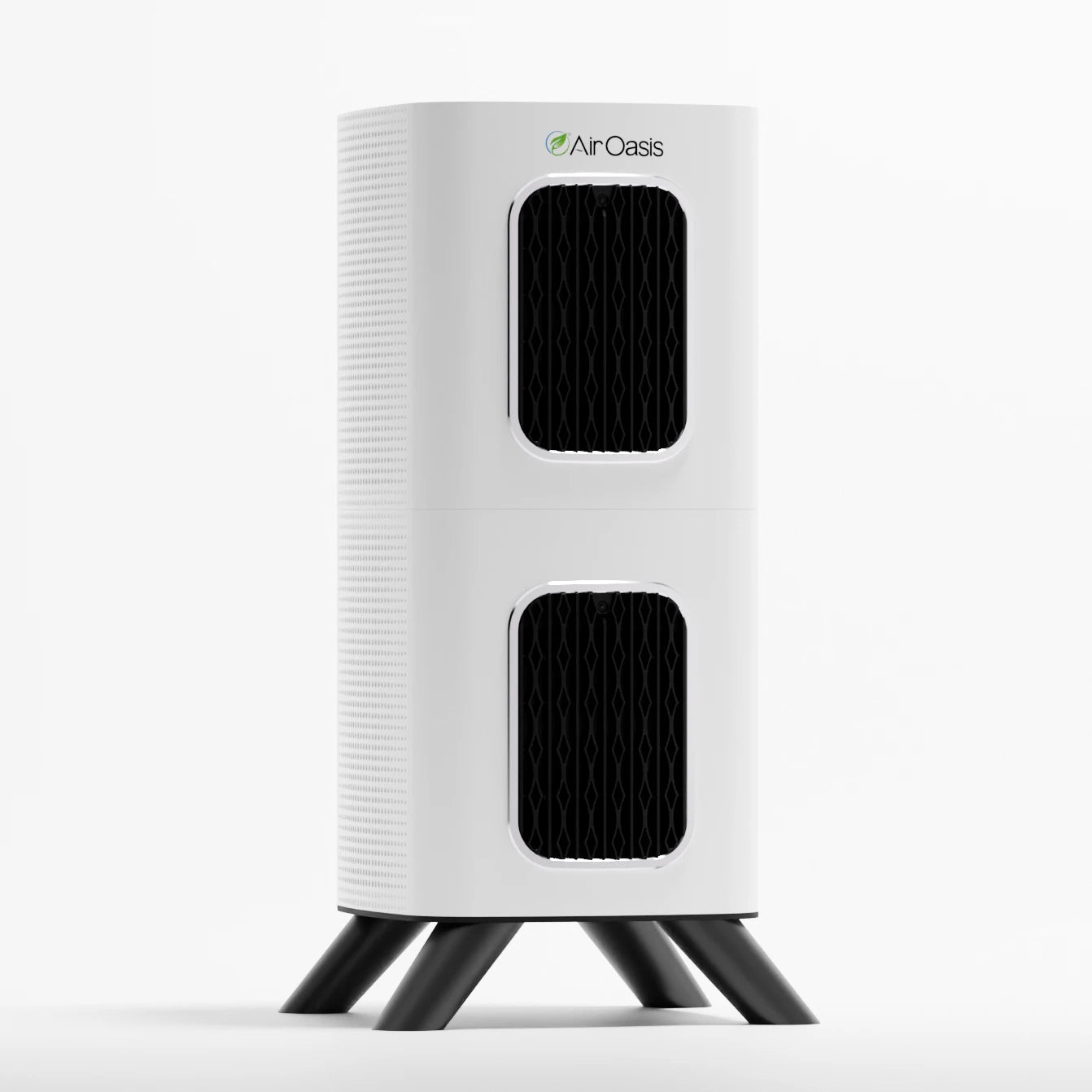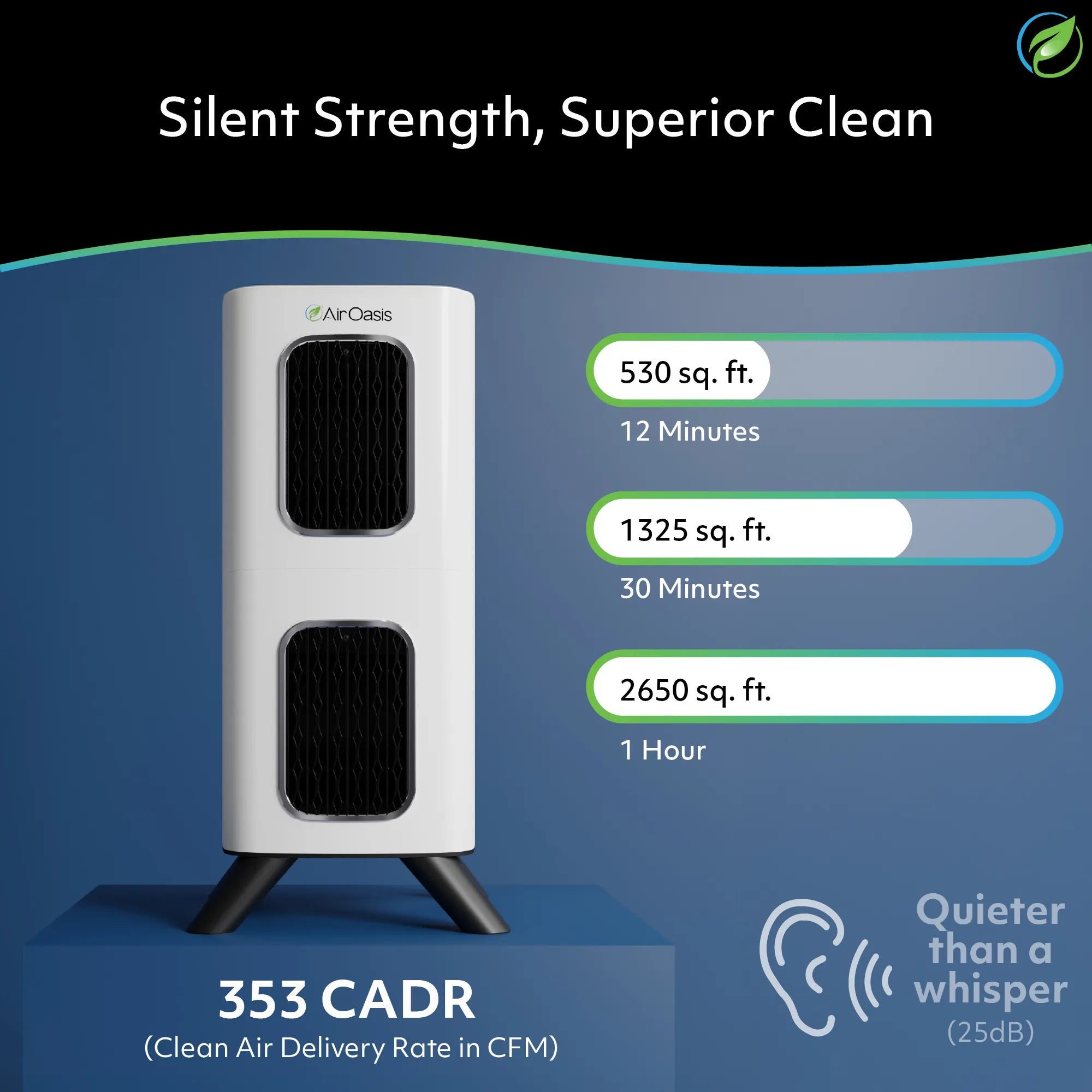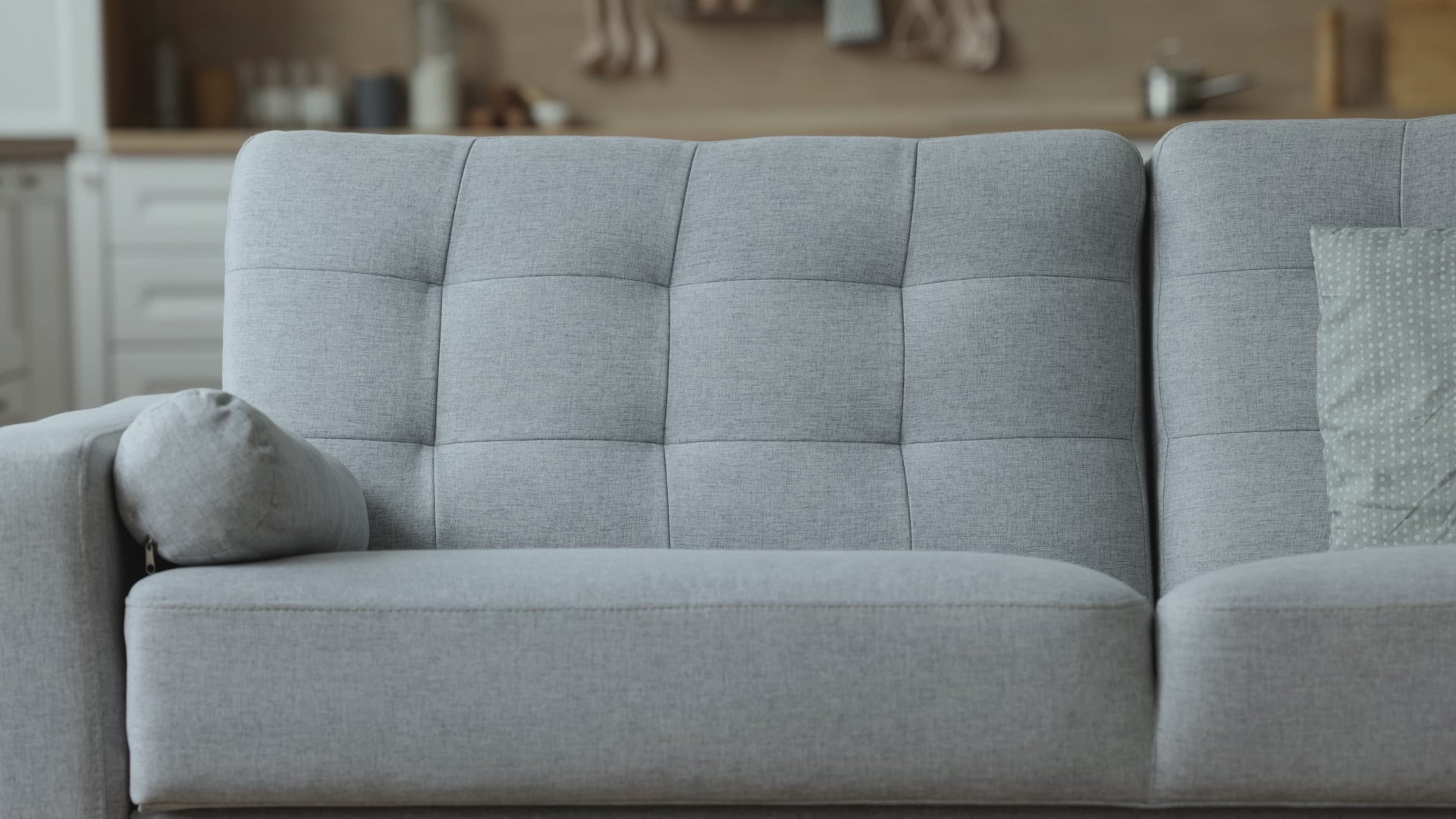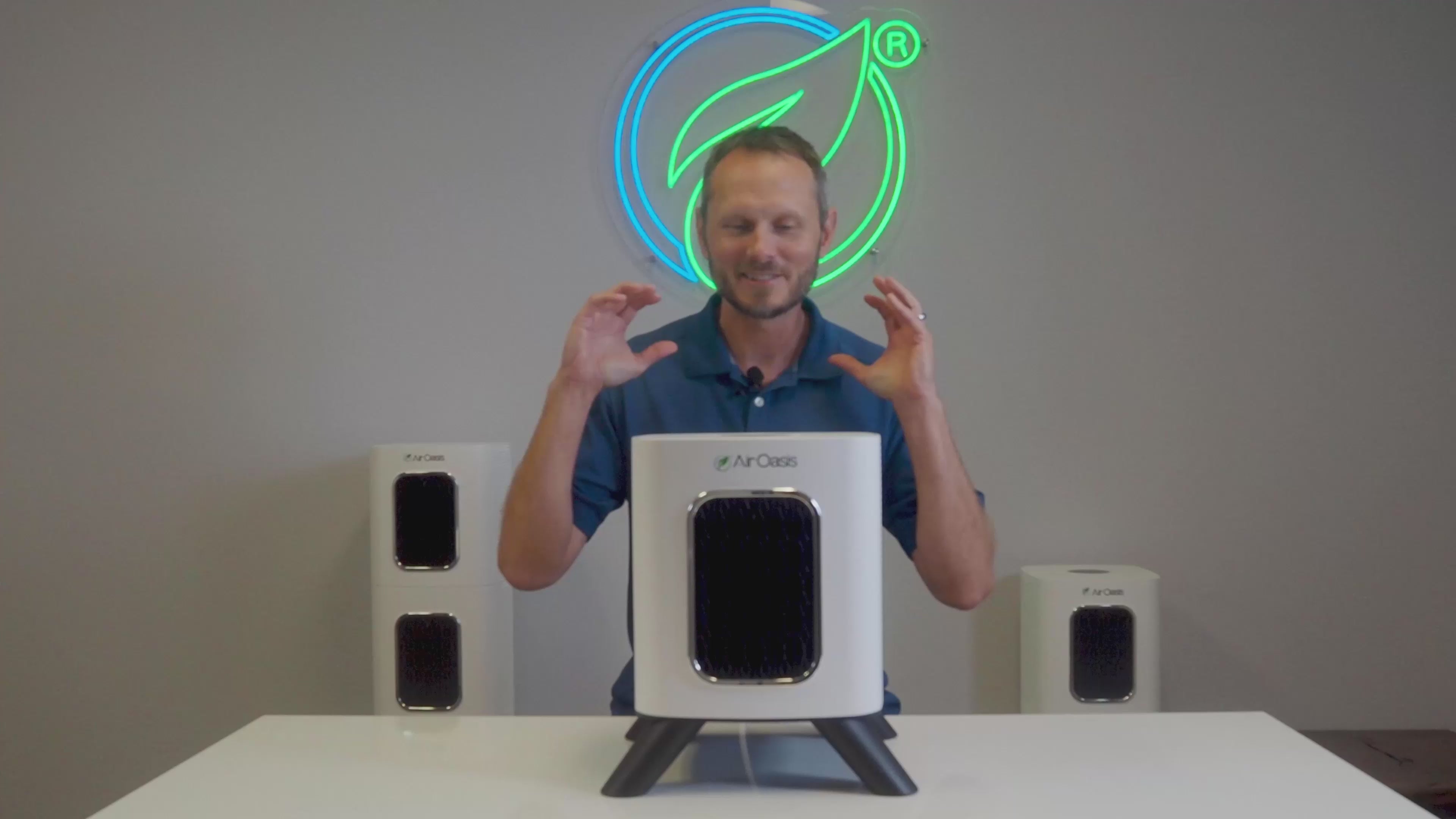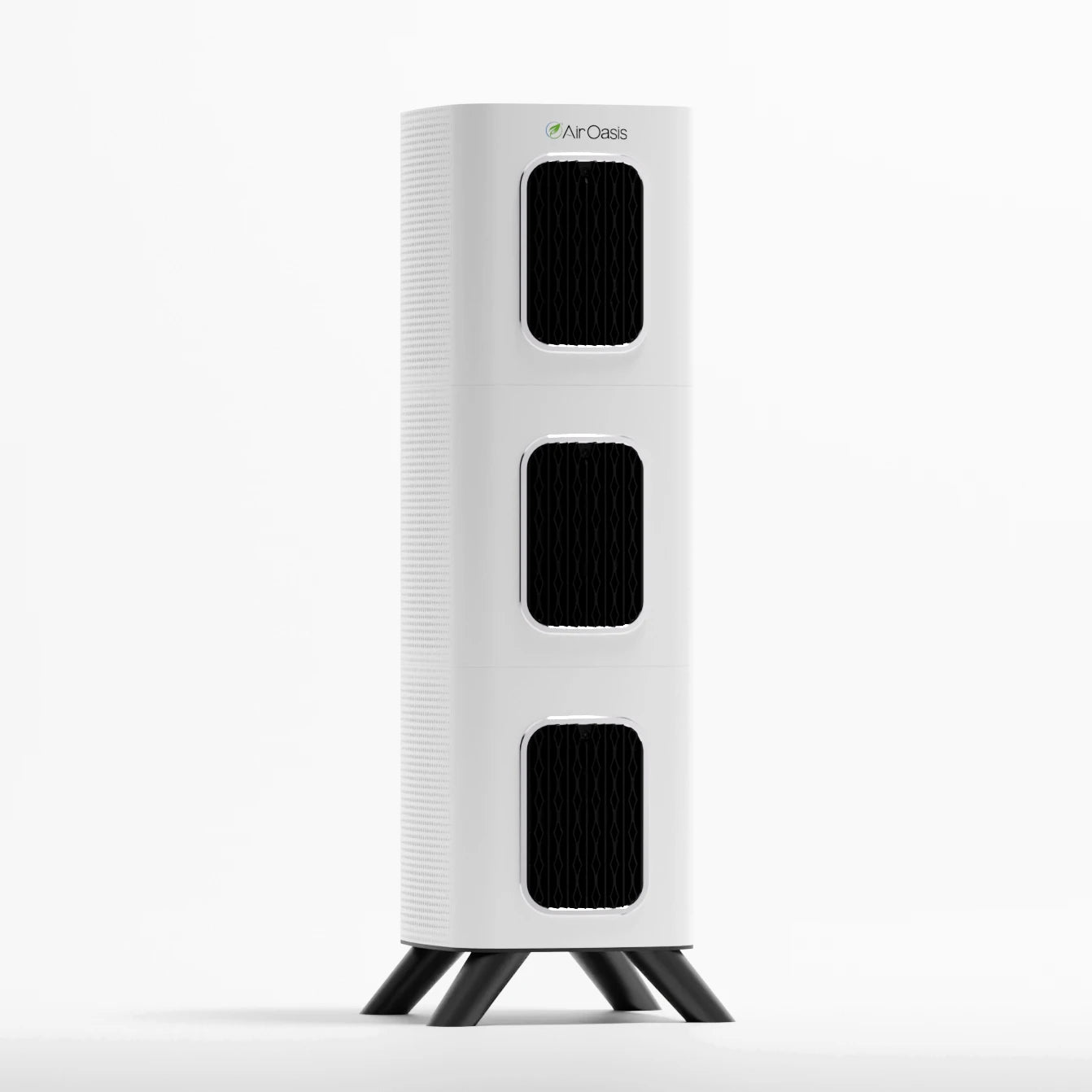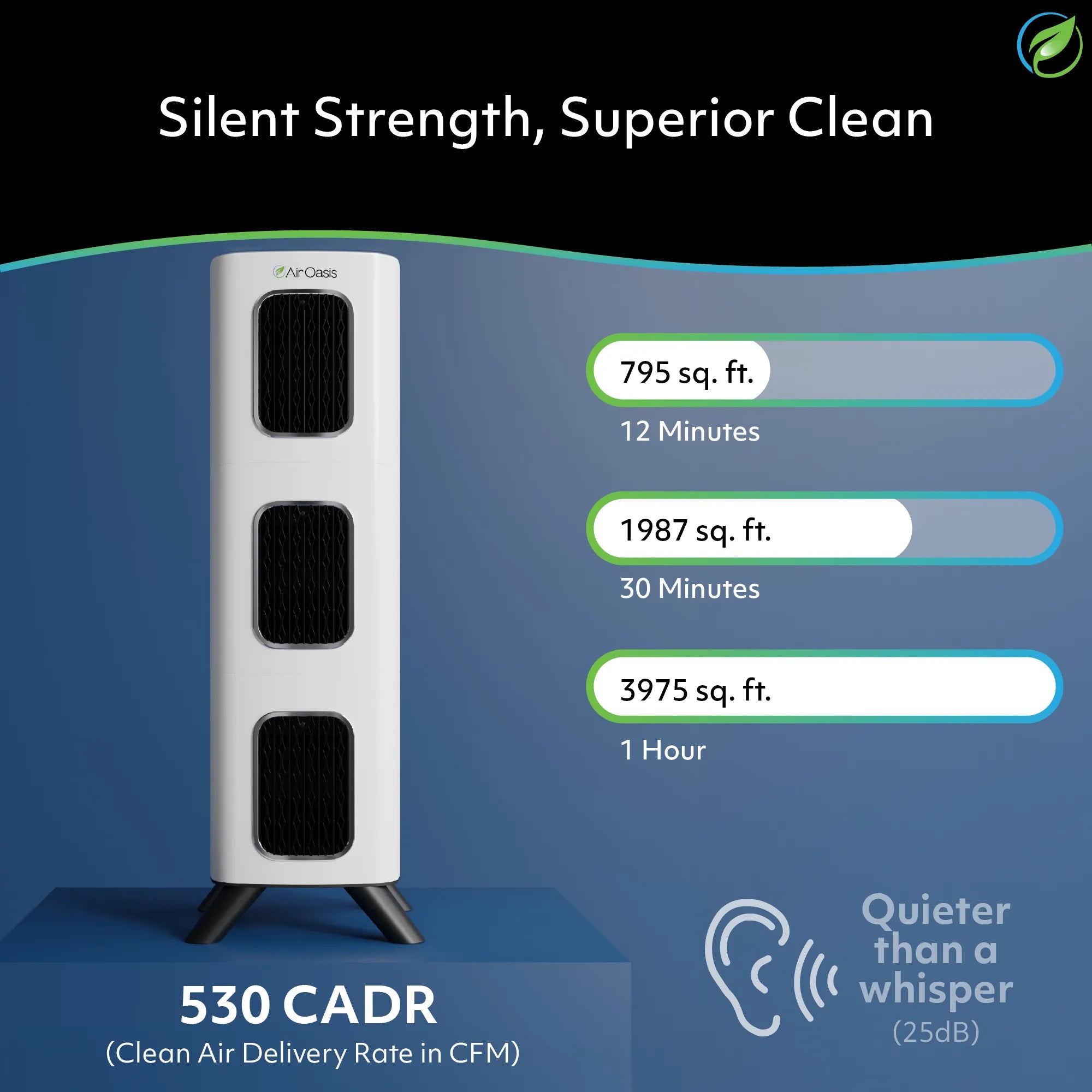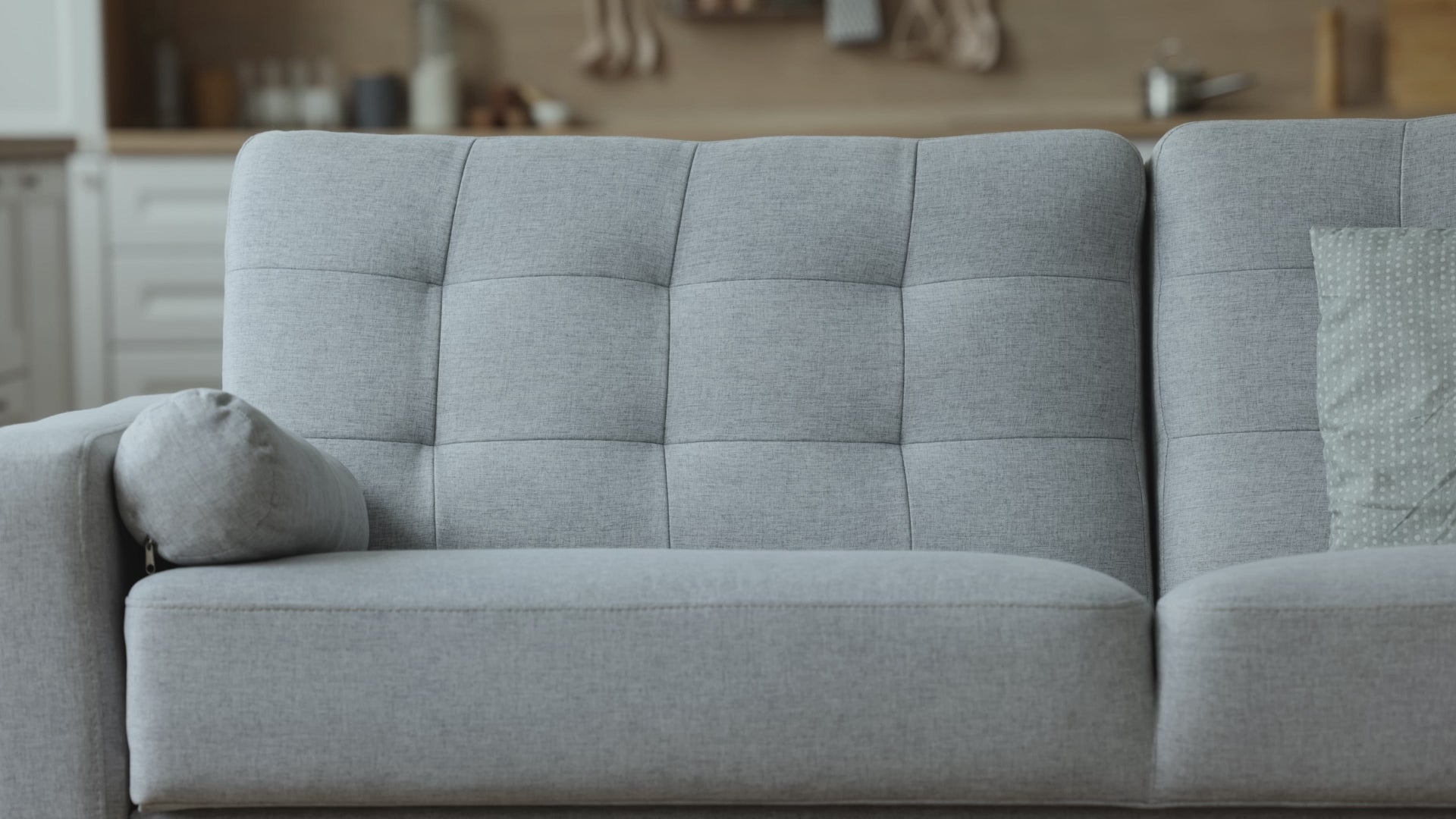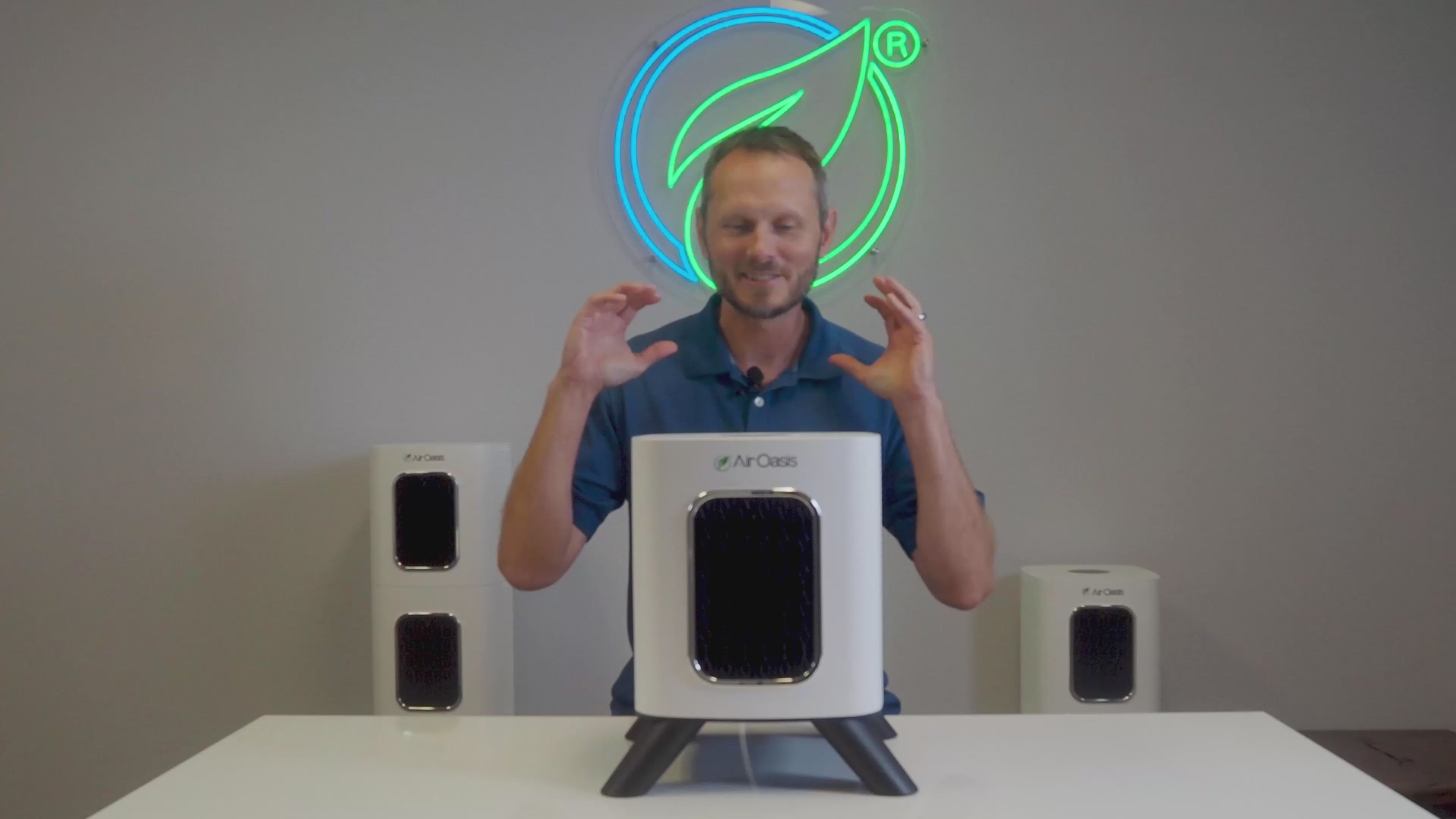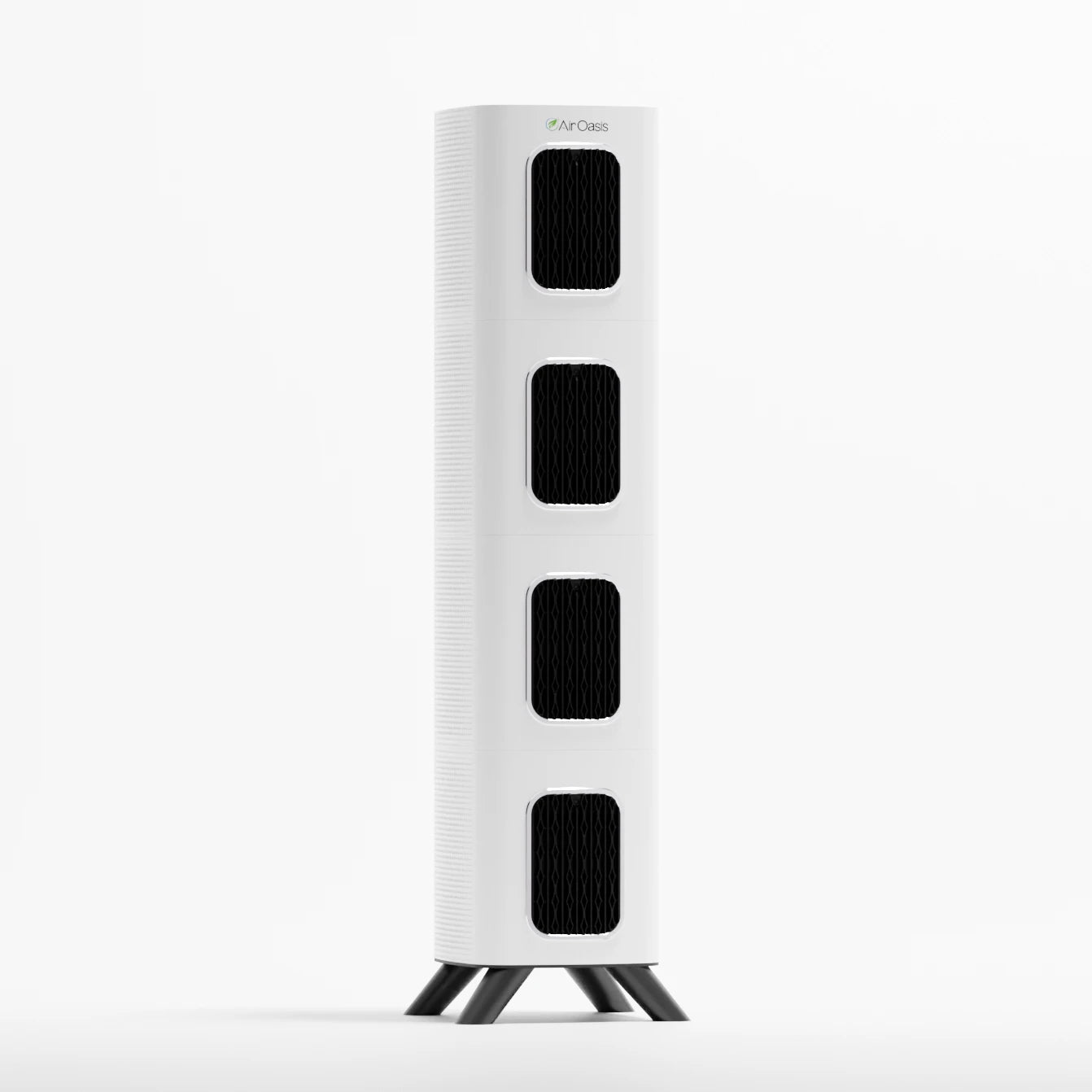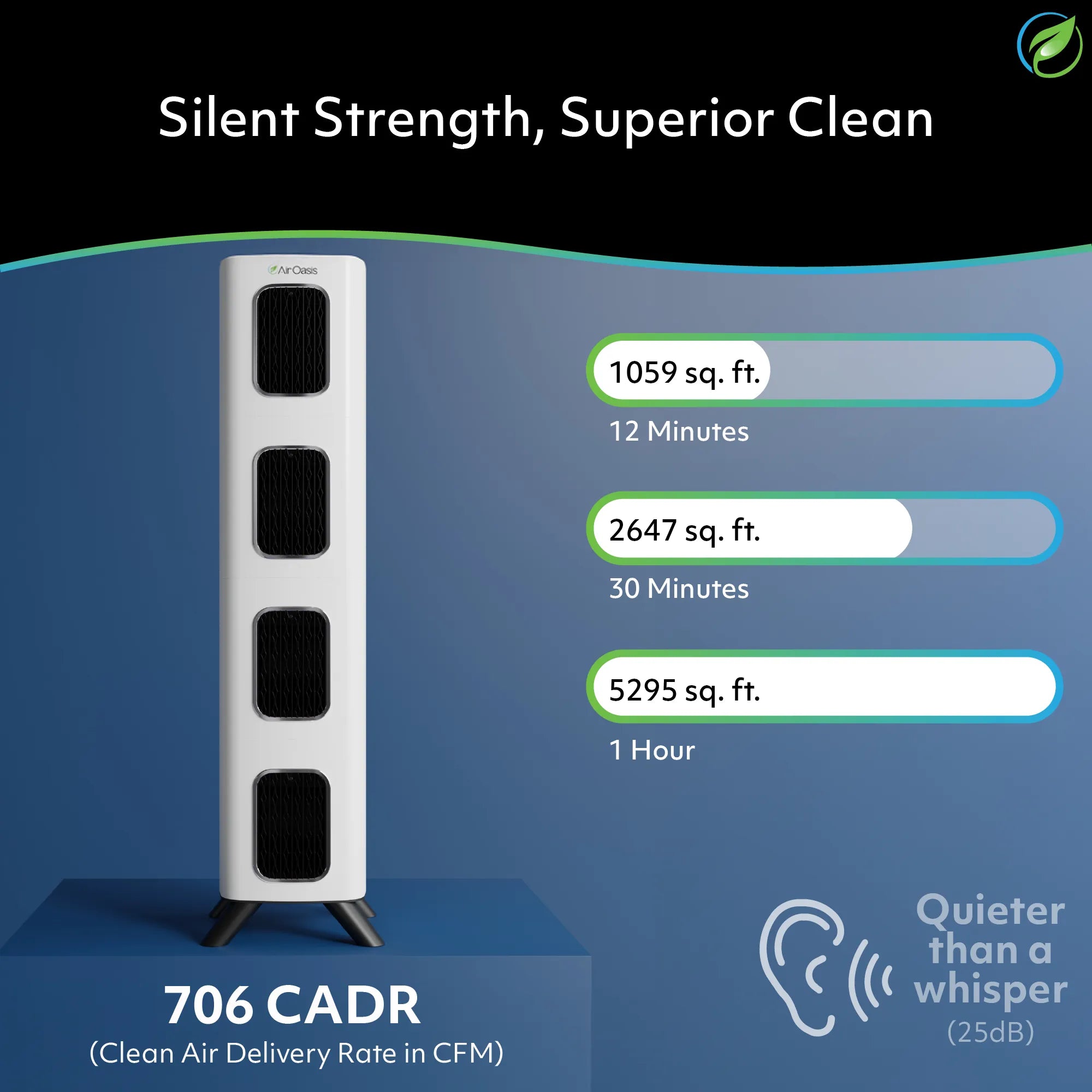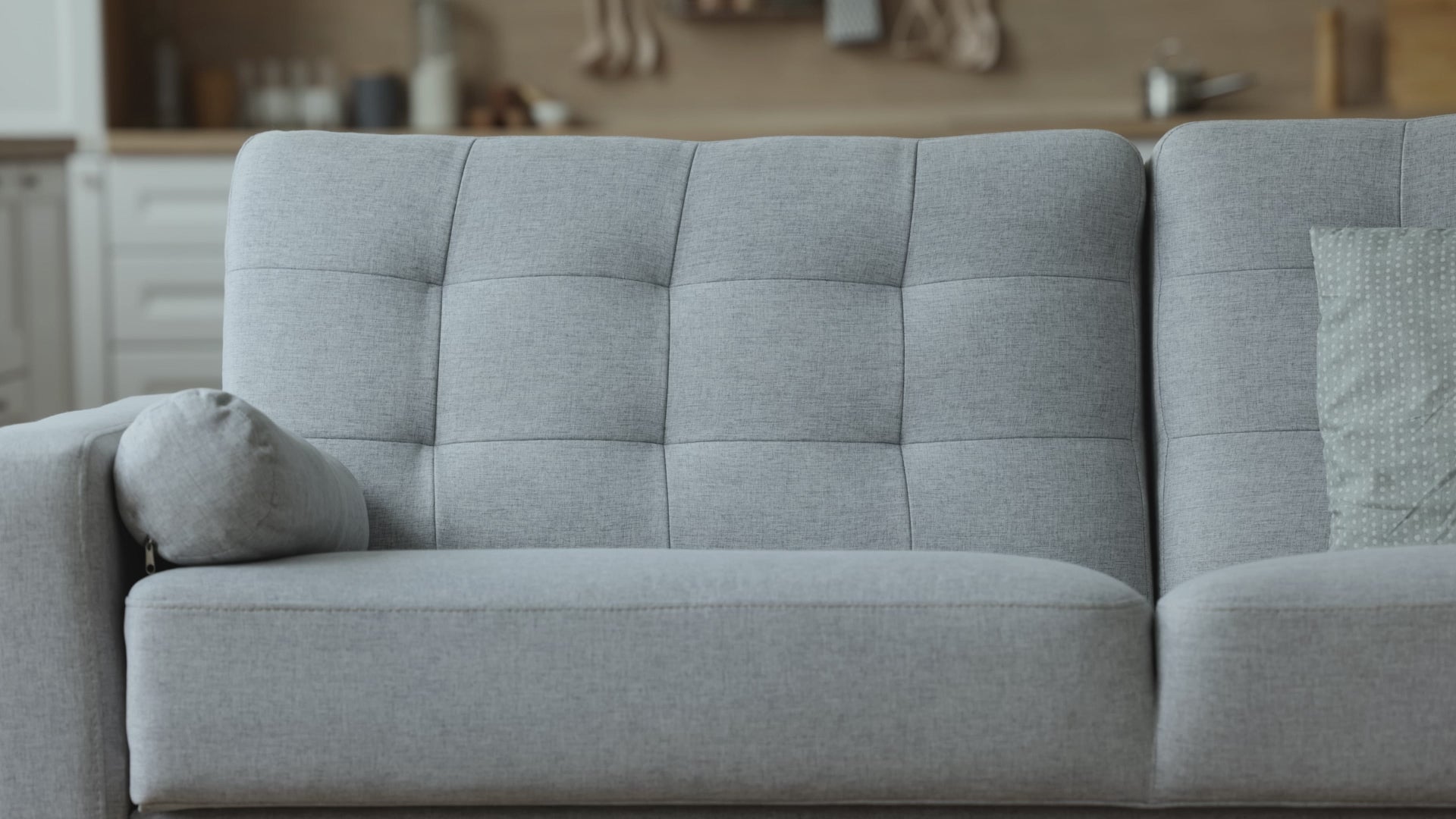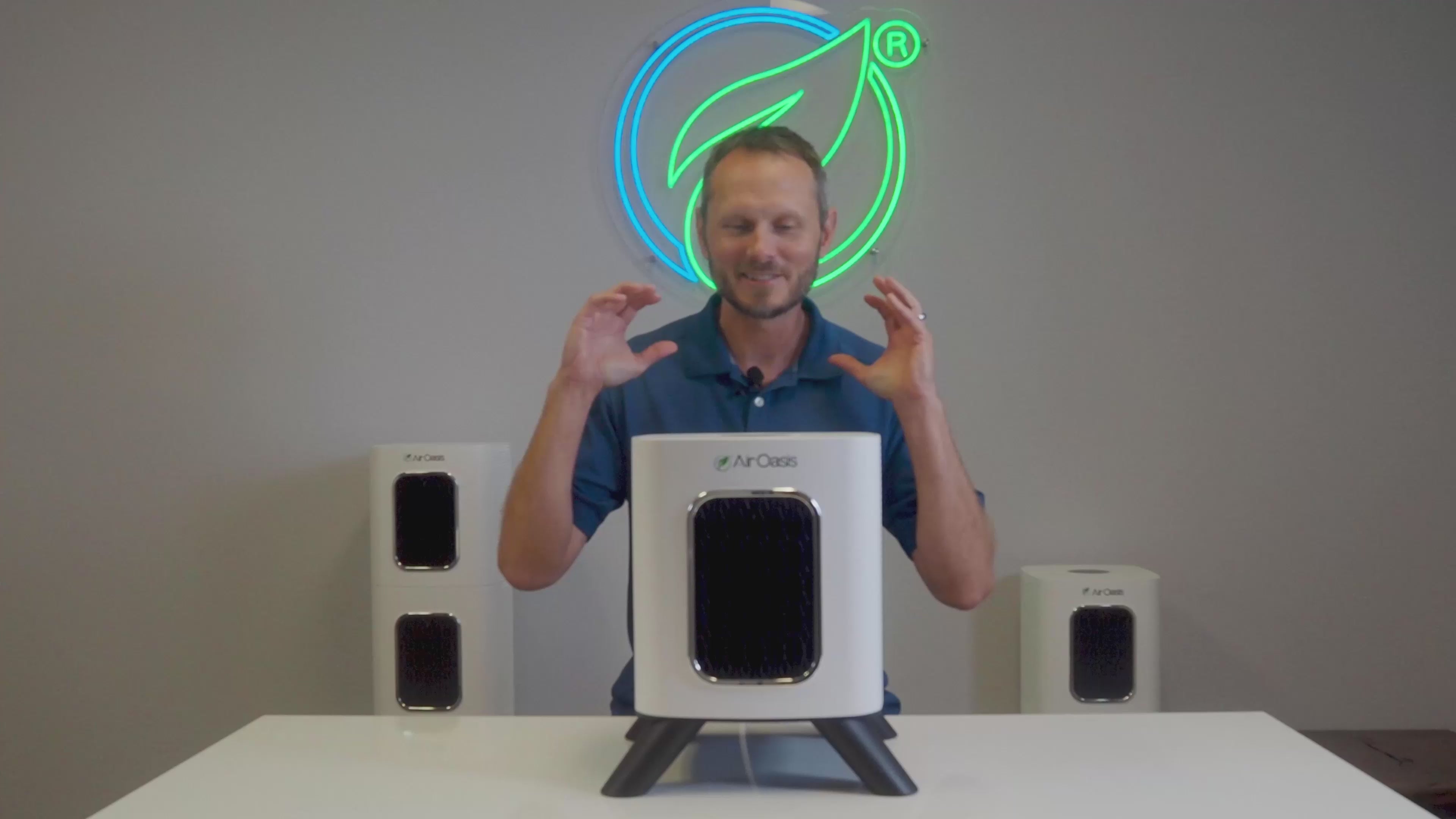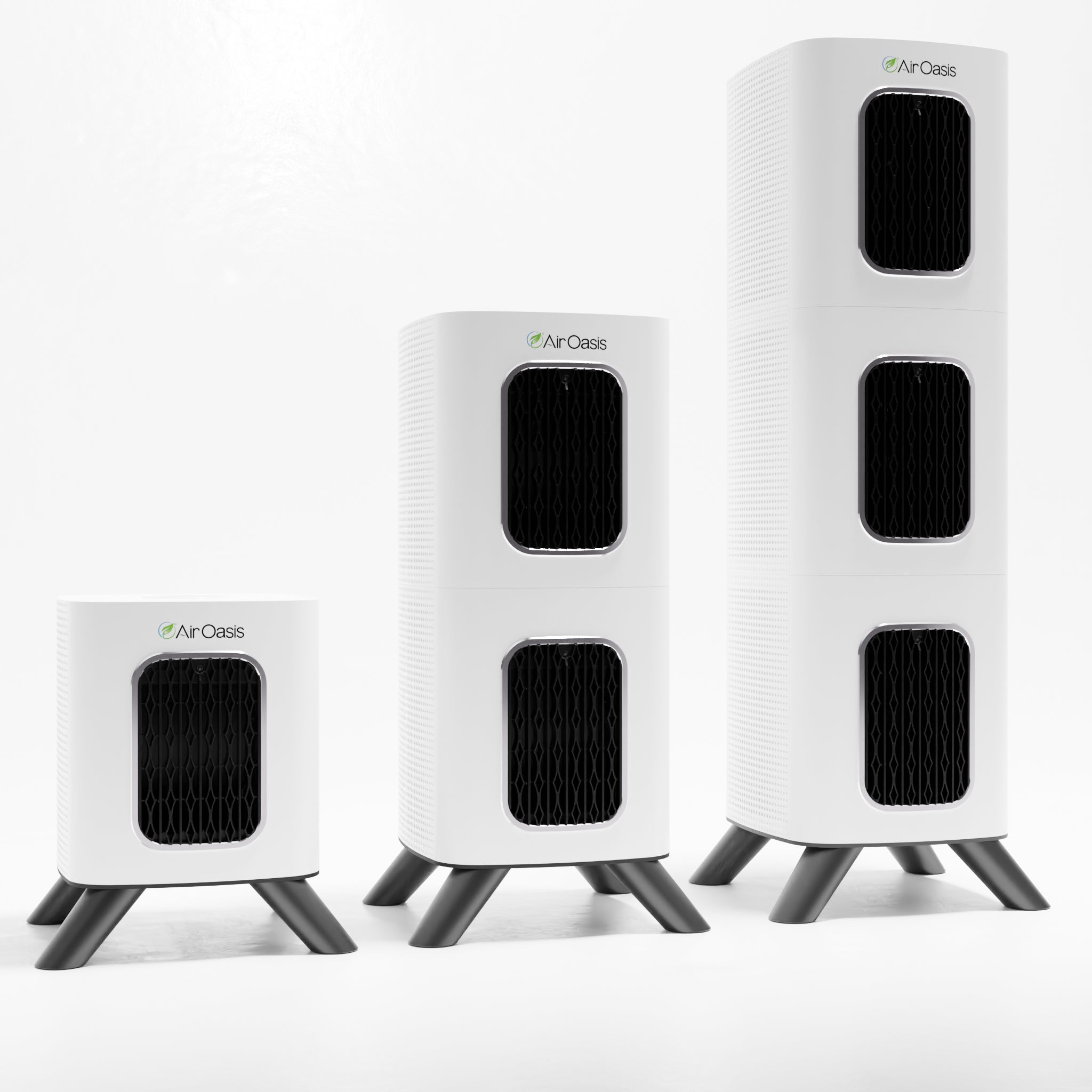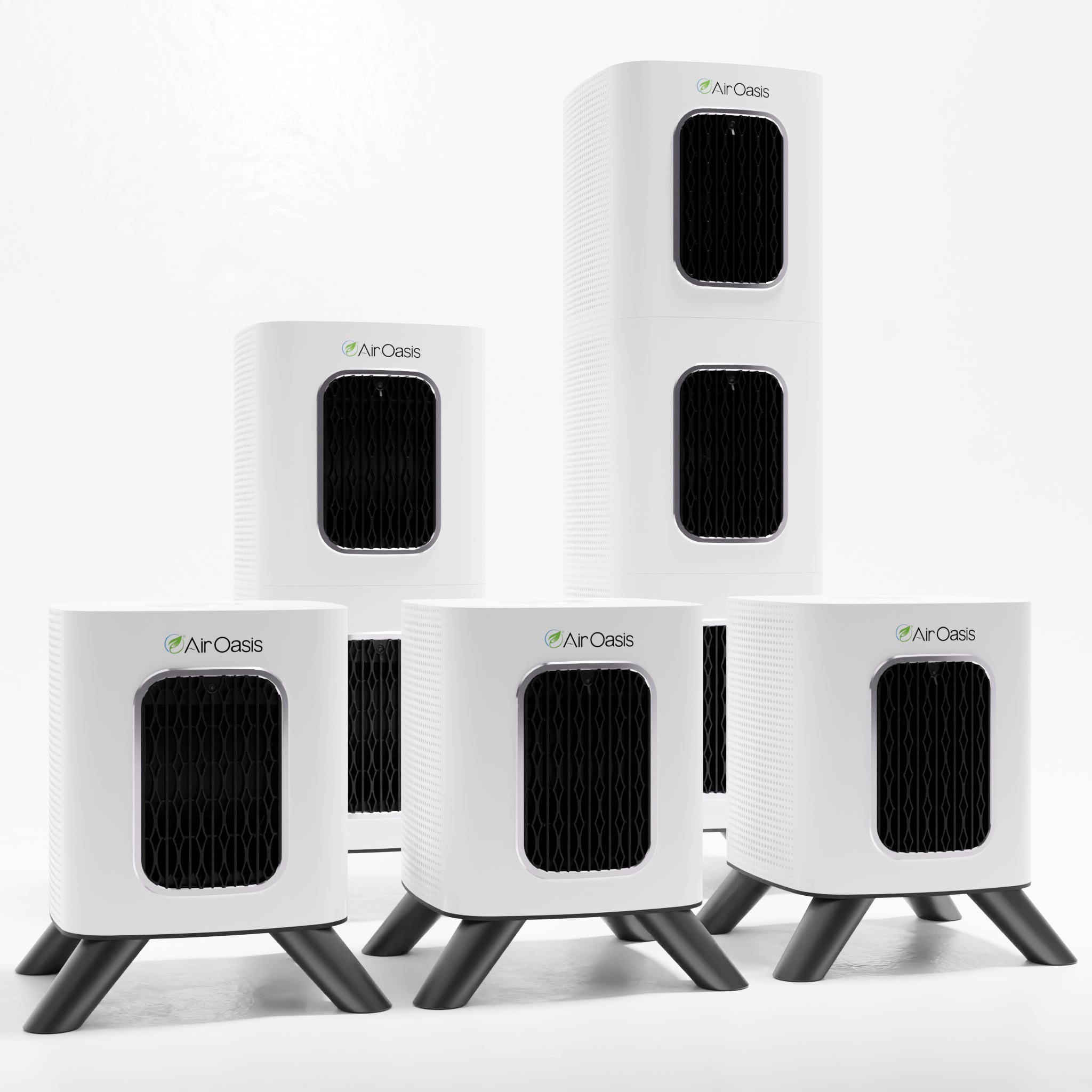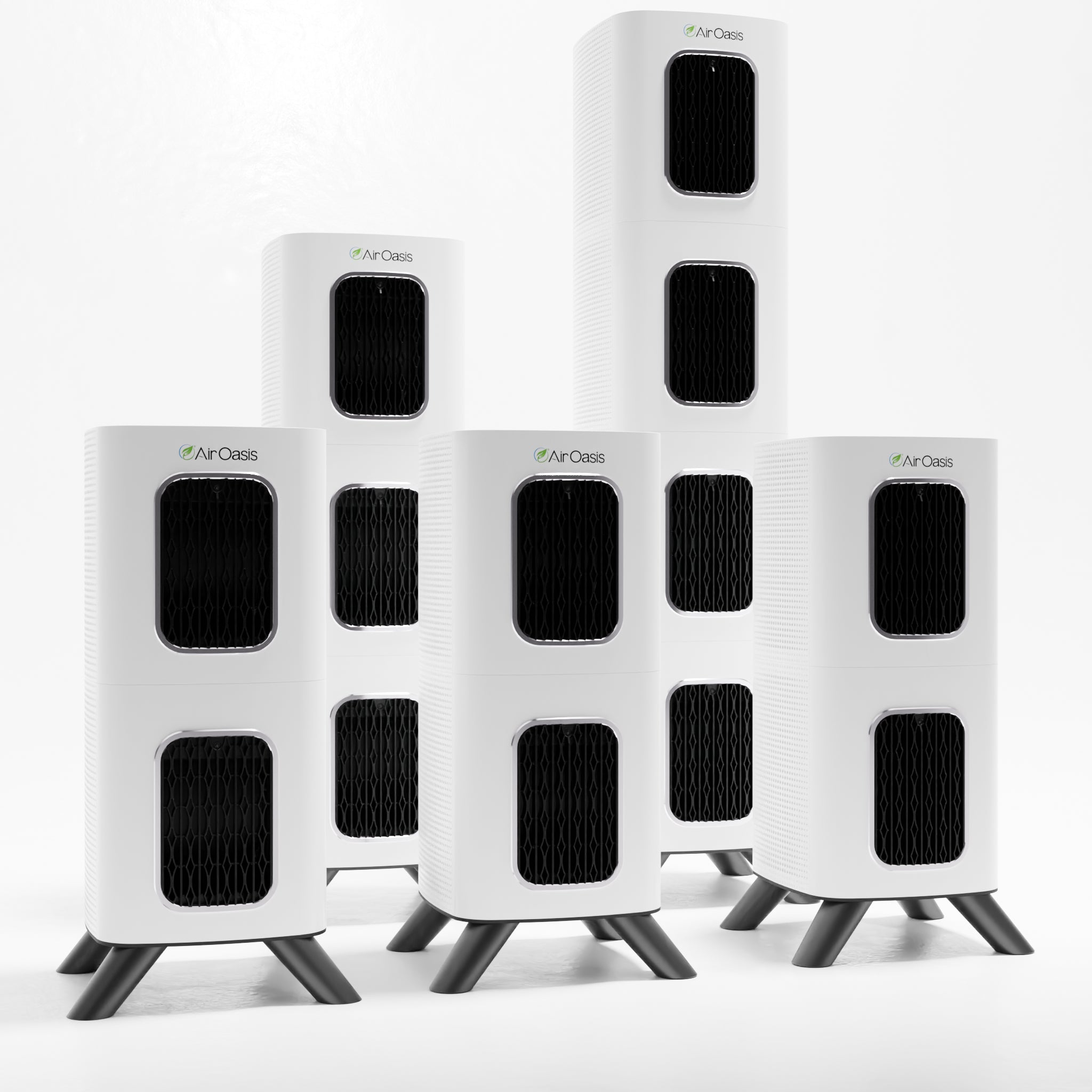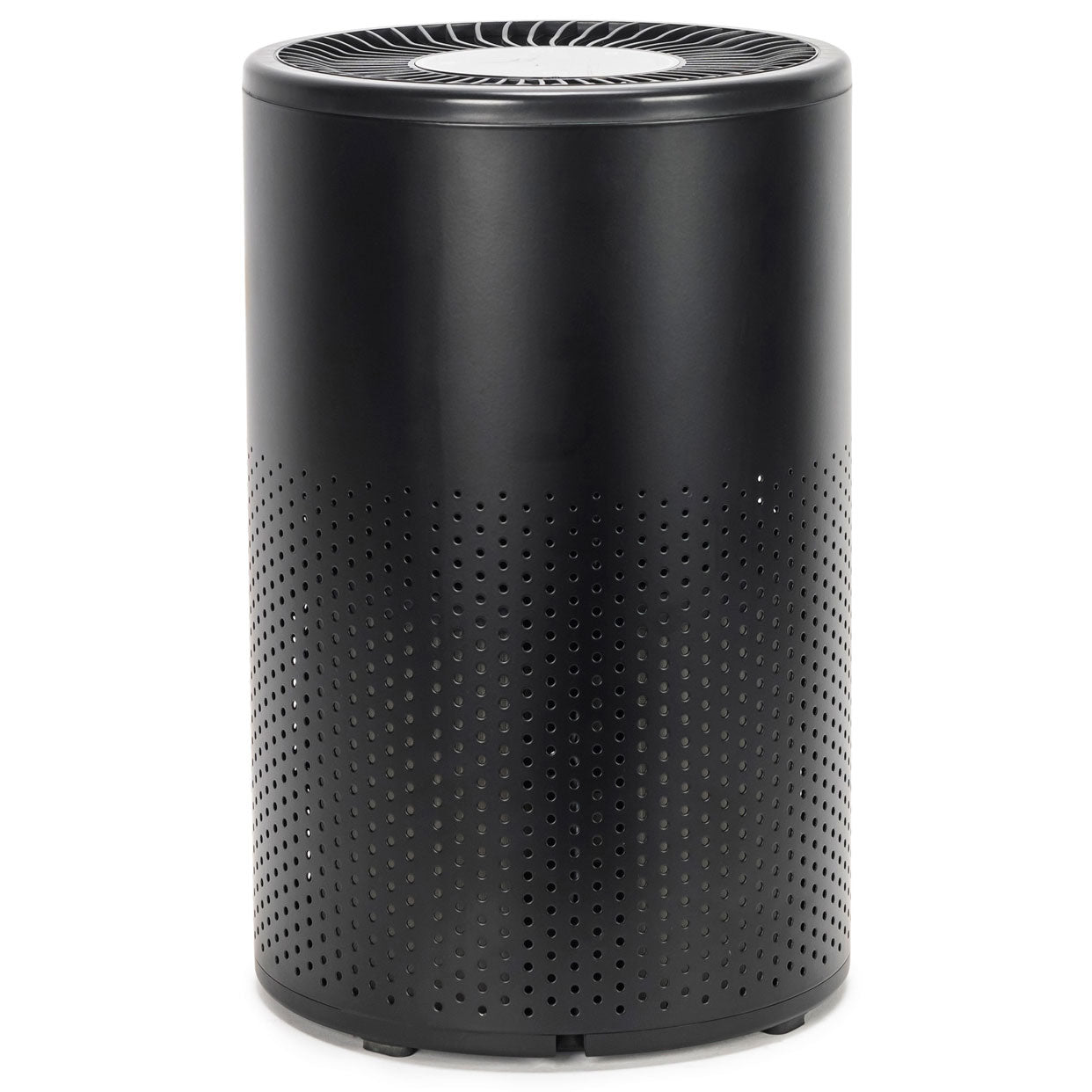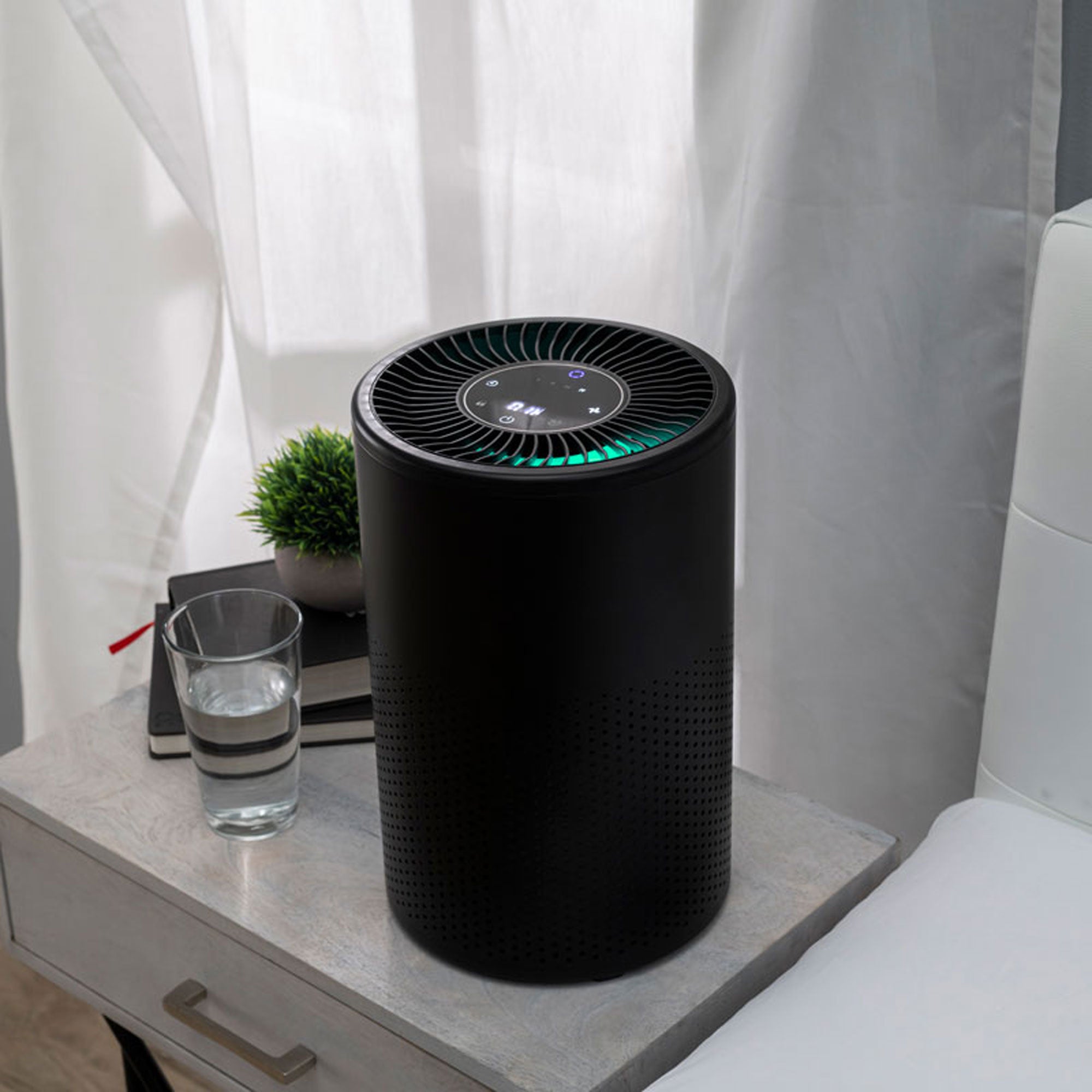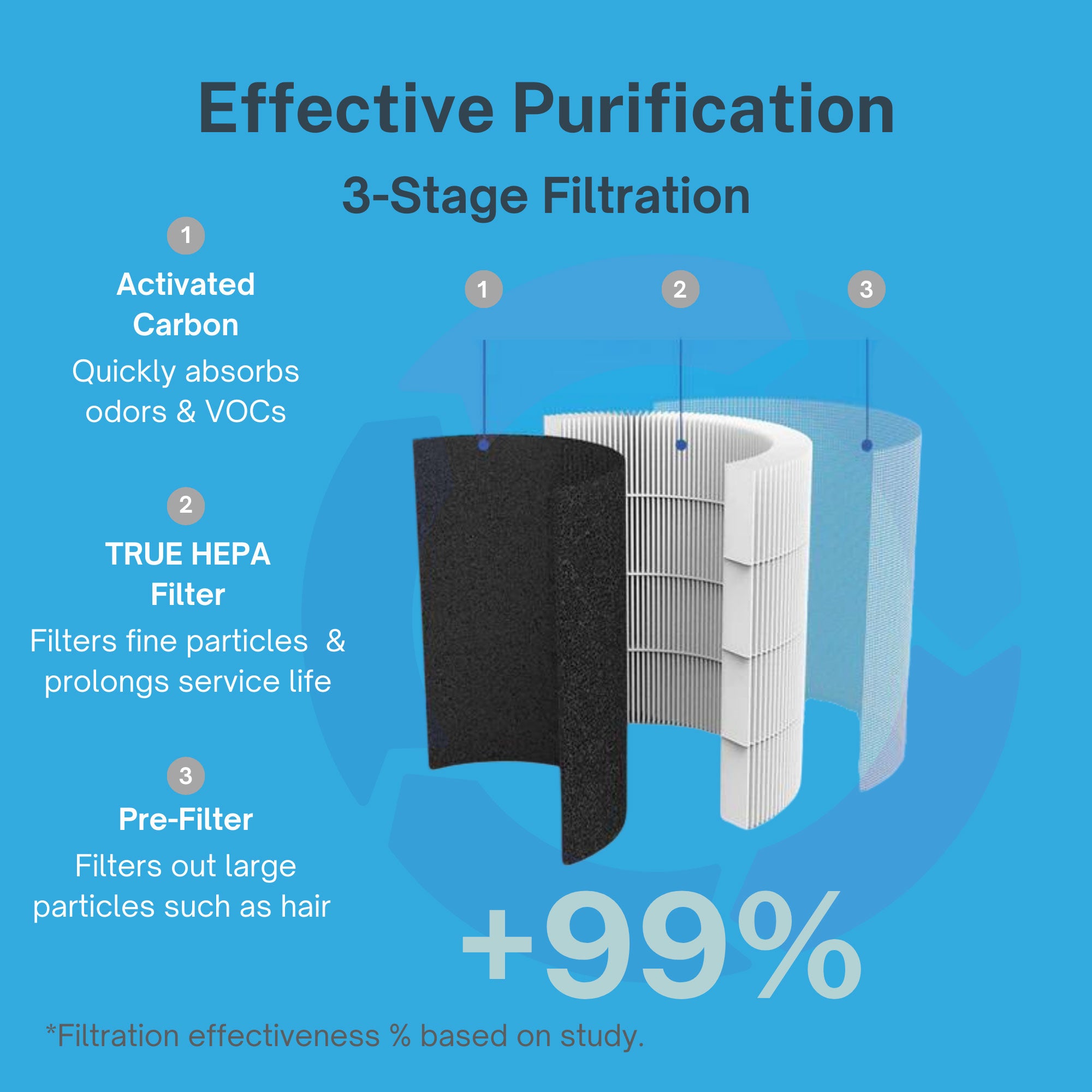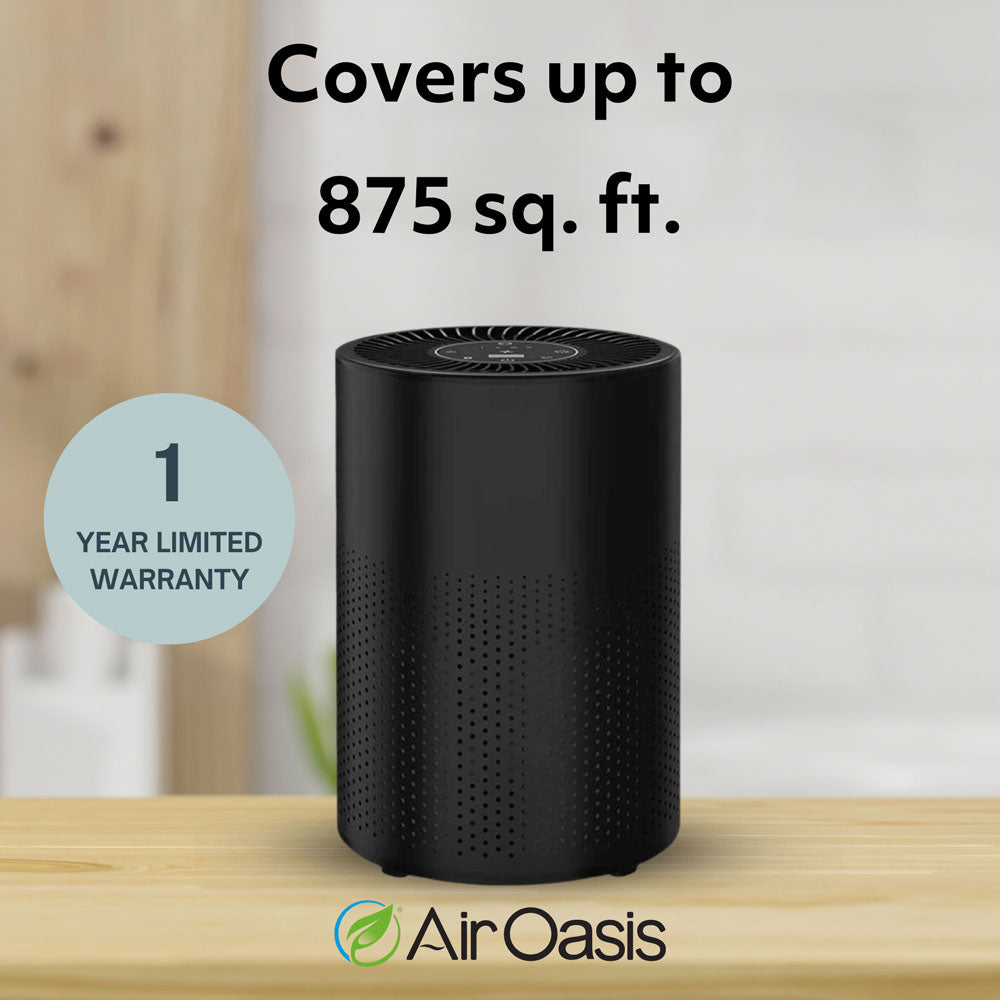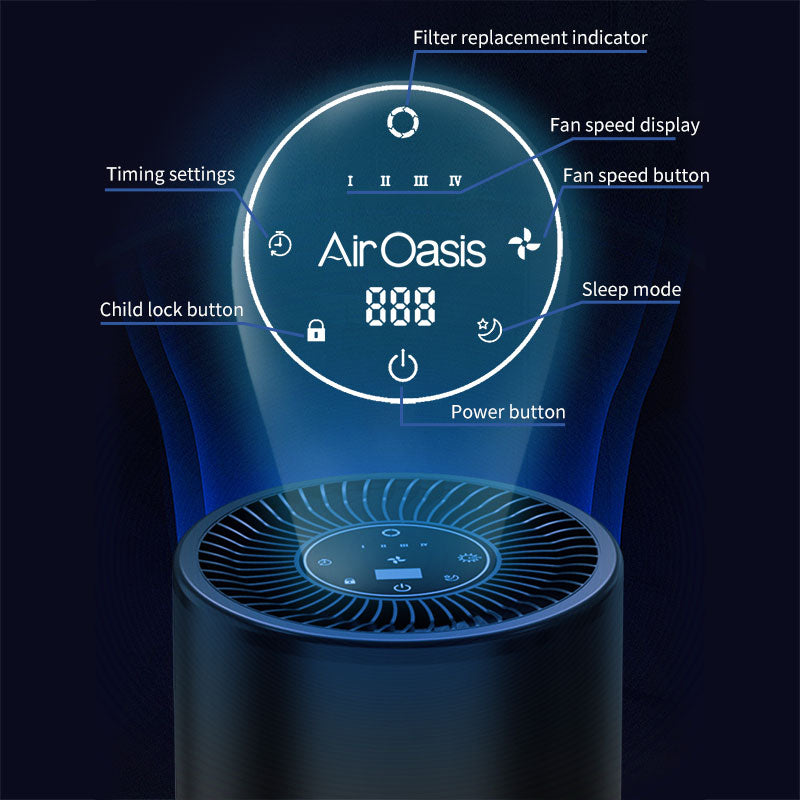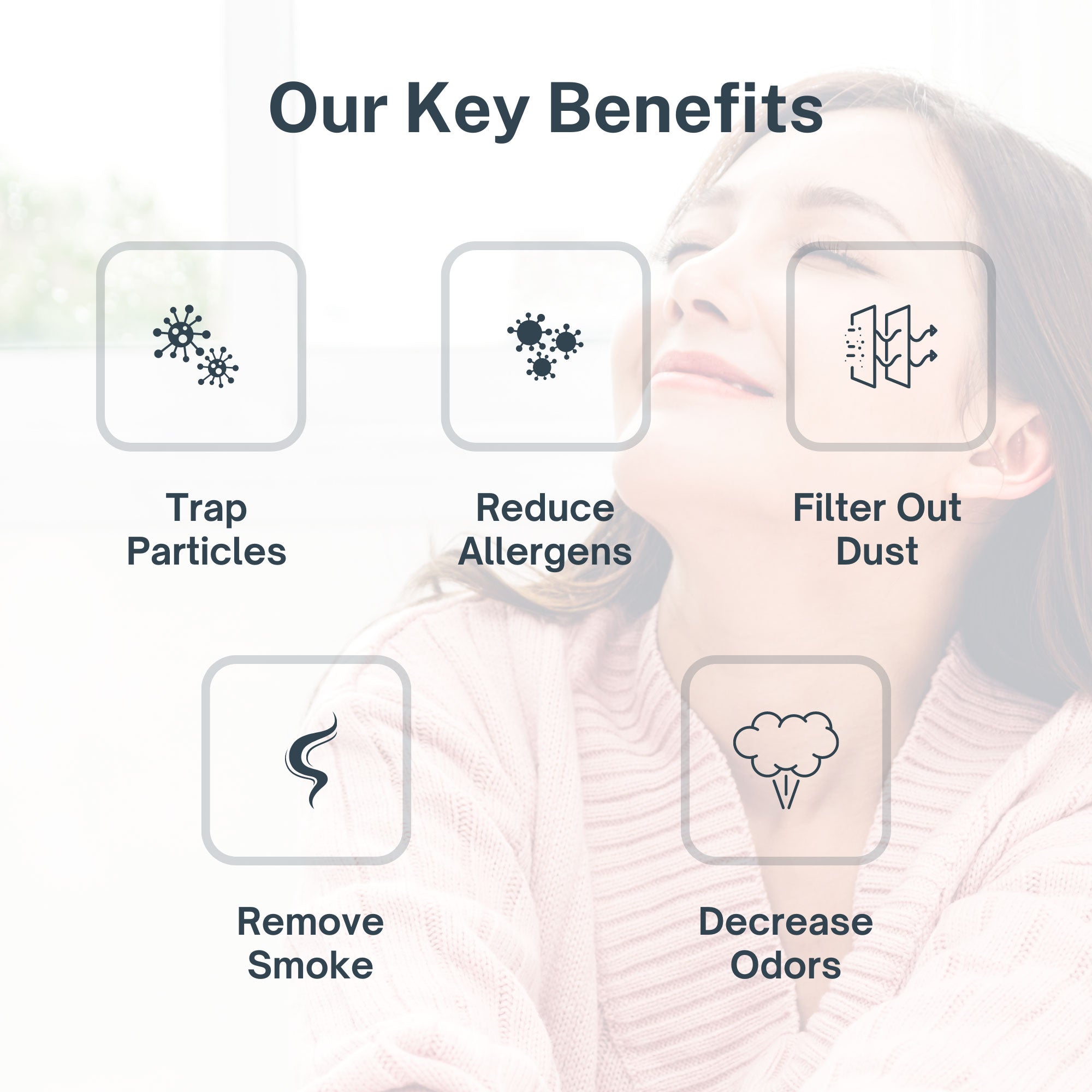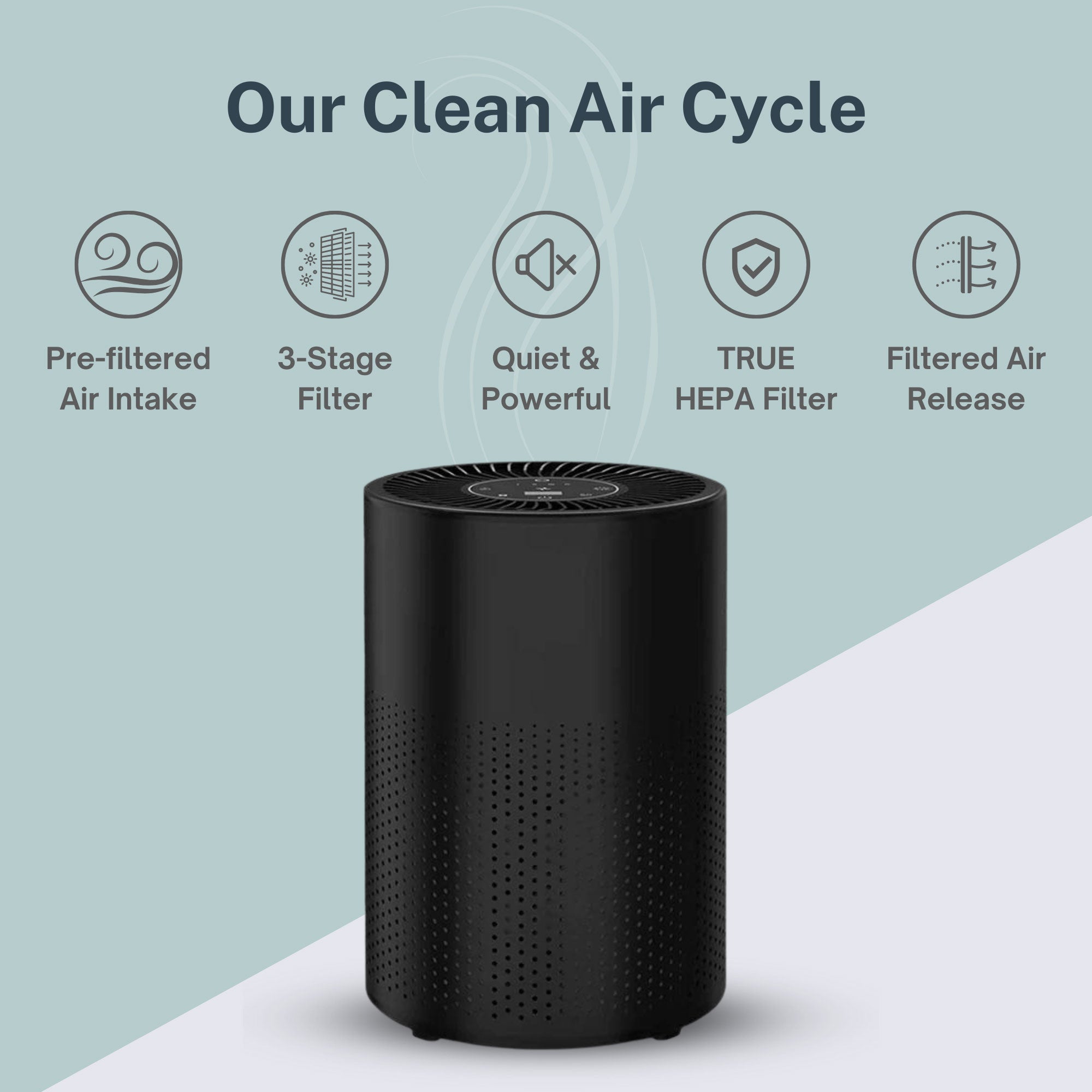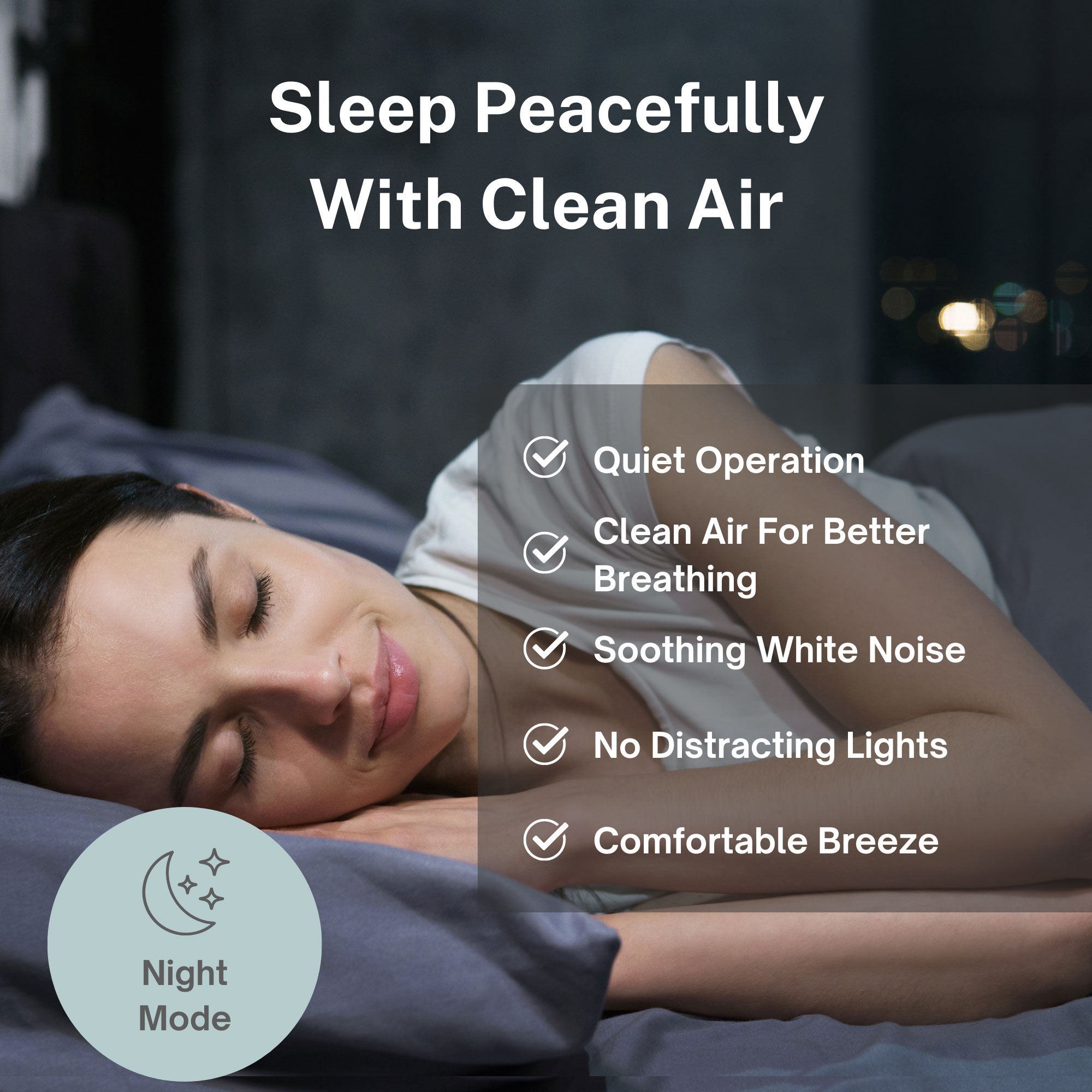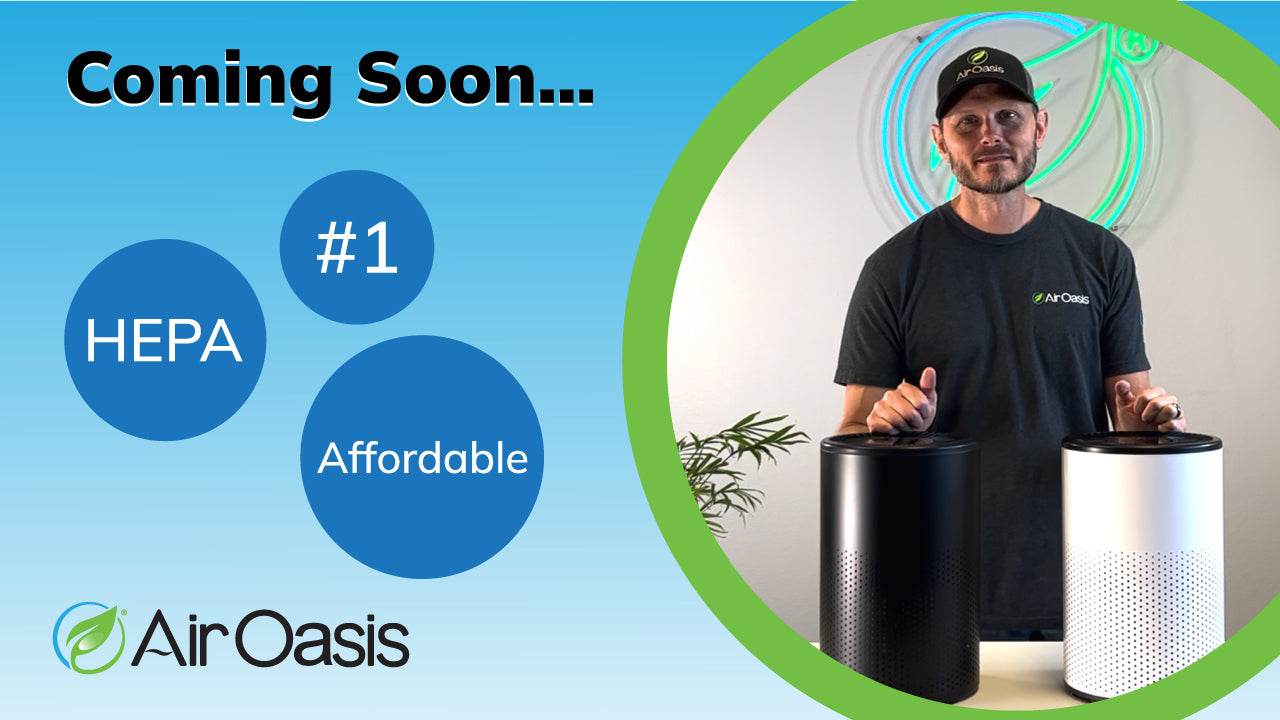Mold is a common and often unseen health hazard in many indoor environments. Exposure to mold can lead to allergy symptoms, respiratory issues, and even neurological effects. While we can't eliminate mold entirely from our lives, there are practical measures we can take to reduce exposure in our homes, vehicles, and workplaces.
Let's explore some key steps for minimizing contact with mold and other fungal irritants in your daily routines.
Mold and Its Negative Health Effects
Mold is a type of fungus that produces microscopic spores and mycotoxins that can cause health issues in humans. It thrives in damp, humid environments and spreads easily through the air. Common sources of indoor mold include bathroom tiles, leaky pipes, carpets, upholstered furniture, cluttered closets and basements, and HVAC systems.
Exposure to mold spores and mycotoxins can irritate the eyes, nose, throat, and lungs. It may trigger respiratory issues like coughs, congestion, and trouble breathing in those allergic or sensitive. Headaches, fatigue, and nasal congestion are other common symptoms. Toxic molds are also linked to long-term lung infections and neurological effects. Children, seniors, and those with compromised immunity are most vulnerable to the hazards of mold.
Identifying Mold in Your Environment
Be on the lookout for common signs of mold growth in your home or workplace:
- Musty, earthy odor
- Visible discoloration on walls, carpets, wood, or paper products
- Peeling paint or wallpaper
- Condensation build-up on windows or other surfaces
- Water stains on ceilings, walls, or floors
- Warping wood
Inspect bathrooms, basements, attics, and anywhere with frequent moisture. Check for hidden mold growth under sinks, behind furniture and walls, and in ventilation systems. Schedule professional mold testing if you suspect an infestation. Identifying and addressing mold promptly protects health and prevents spreading.
Practical Steps for Reducing Mold Exposure
Let's look at some practical tactics for minimizing mold growth and exposure in the spaces you occupy daily.
Controlling Indoor Humidity Levels
- Maintain indoor relative humidity between 30-50%. Use dehumidifiers to remove excess moisture.
- Check humidity levels with hygrometers. Adjust humidifiers/dehumidifiers accordingly.
- Use dehumidifiers in damp rooms like basements and bathrooms.
Improving Ventilation
- Increase fresh air circulation by opening windows regularly.
- Use exhaust fans when cooking, showering, and doing laundry.
- Ensure bathroom and kitchen fans vent outside, not just into attic spaces.
- Avoid blocking air vents with furniture or clutter.
Regular Cleaning and Maintenance
- Clean bathrooms, laundry, and kitchens regularly to prevent moisture buildup.
- Immediately dry and clean any wet spots or spills on floors, walls, or fabrics.
- Fix plumbing leaks right away. Inspect for hidden leaks.
- Have HVAC systems cleaned and inspected annually. Change filters regularly.
Using Mold-Resistant Products
- Choose mold-resistant paint, drywall, and sealants for bathrooms and basements.
- Use mold-resistant bedding and pillows. Wash bedding weekly.
Making diligent moisture control and prompt cleaning a daily habit will keep mold growth in check.
Lifestyle Changes to Minimize Mold Exposure
Adjusting certain lifestyle habits can further reduce mold contact.
Proper Storage of Food and Household Items
- Keep appliances like refrigerators and dehumidifiers mold-free by cleaning rubber seals and drain pans.
- Throw out moldy produce and refrigerated foods. Keep fridge under 40°F.
- Store clothing and linens in moisture-controlled spaces. Avoid overloaded closets.
Regular HVAC Maintenance
- Change furnace filters every 3 months to prevent buildup of mold spores and dust.
- Have an HVAC technician deep clean and disinfect the system annually.
- Inspect ductwork for mold growth or dust accumulation. Schedule professional duct cleaning if needed.
Outdoor Precautions
- Wear an N95 mask during yardwork or while handling moldy plants, mulch, hay, or wood.
- Remove and wash dirty gardening clothes after outdoor activities to avoid spreading mold indoors.
- Shower after hiking or activities in damp environments like barns or greenhouses.
Banish Mold and Mycotoxins with iAdaptAir
Taking proactive measures to control moisture and properly clean spaces you occupy daily will minimize mold growth and exposure. Additionally, using iAdaptAir's innovative air purification system provides an added layer of protection against airborne mold spores, allergens, and mycotoxins. Their medical-grade HEPA filters combined with activated carbon, UV light, and silver ions destroy mold, bacteria, and viruses, providing clean, pure air 24/7.
Don't let mold create health issues and discomfort in your life. Implement these practical strategies for reducing exposure and pair them with an iAdaptAir air purifier. Enjoy clean air, improved wellness, and peace of mind!




